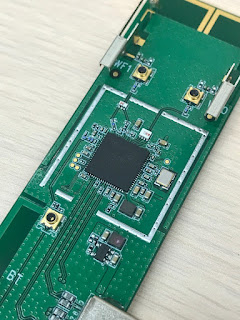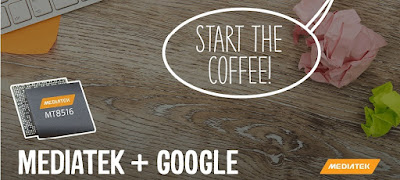MediaTek has powered more than 1.5 billion devices.Most of the budget mobiles are now being powered by MediaTek processors. Now, MediaTek is working on other platforms also. Recently, MediaTek has announced its latest chipsets and their features.
For Cloud-connected applications, integrated with Voice Assistant Devices (VADs), MT8516 comes handy. It's a quad-core 64-bit ARM A35 processor. The processor operates at a frequency of 1.3GHz. It comes with the Wi-Fi 802.11 b/g/n standard and also supports Bluetooth 4.0. It comes with integrated the Google Voice Assistant Google now. It supports wide variety of memories - LPDDR2, LPDDR3, DDR3, DDR3L and DDR4. This helps the developers to be more application specific, with optimised RAM.
The MT5597 is an advanced SoC that powers mainly the Smart TVs. On the other hand, it support Ultra HD displays with MediaTek's very own 4K60p MEMC (Motion Estimation Motion Compensation). The MEMC provides a better experience to the user by removing the motion judder and producing a smoother picture. In terms of audio, it supports Dolby Atmos. Also, this chipset is integrated with SRS algorithm of enhance the details of the scene.
The other three chipsets MT7682, MT7686 and MT5932 are for Smart Home applications. In competition with the latest advancements in Smart homes, MediaTek has launched these three SoCs. These chipsets support a wide variety of communication protocols like UART, I2C, SPI, I2S, PWM and auxiliary ADC. All the three chipsets find their applications majorly in connected devices. Here is the comparison of these three chipsets in terms of hardware.
All these chipsets will be commercially available from Q4 of 2017 and Q1 of 2018. On the other hand, MediaTek is going to release many other application specific chips by the end of this year.
Image source: MediaTek blog
For Cloud-connected applications, integrated with Voice Assistant Devices (VADs), MT8516 comes handy. It's a quad-core 64-bit ARM A35 processor. The processor operates at a frequency of 1.3GHz. It comes with the Wi-Fi 802.11 b/g/n standard and also supports Bluetooth 4.0. It comes with integrated the Google Voice Assistant Google now. It supports wide variety of memories - LPDDR2, LPDDR3, DDR3, DDR3L and DDR4. This helps the developers to be more application specific, with optimised RAM.
The MT5597 is an advanced SoC that powers mainly the Smart TVs. On the other hand, it support Ultra HD displays with MediaTek's very own 4K60p MEMC (Motion Estimation Motion Compensation). The MEMC provides a better experience to the user by removing the motion judder and producing a smoother picture. In terms of audio, it supports Dolby Atmos. Also, this chipset is integrated with SRS algorithm of enhance the details of the scene.
The other three chipsets MT7682, MT7686 and MT5932 are for Smart Home applications. In competition with the latest advancements in Smart homes, MediaTek has launched these three SoCs. These chipsets support a wide variety of communication protocols like UART, I2C, SPI, I2S, PWM and auxiliary ADC. All the three chipsets find their applications majorly in connected devices. Here is the comparison of these three chipsets in terms of hardware.
 |
| MT5932 vs MT7682 vs MT7686 |
Smart home products are growing in popularity and MediaTek’s expertise is making connected devices smarter, smaller and more power efficient without sacrificing performance. Our dedicated Android support will help expand the market for voice-based intelligent devices. - Joe Chen, Executive Vice President and Co-COO of MediaTek.
 |
| MT7668 Reference Platform |
Image source: MediaTek blog













0 comments:
Post a Comment